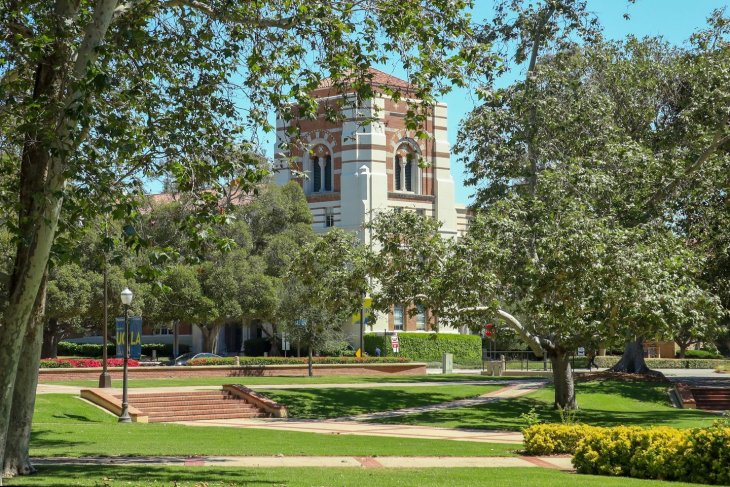
Levels of hazardous pollutants generated by planes at Los Angeles International Airport (LAX) are more dangerous than previously believed, spreading pollution over a much wider area than previously believed, according to a USC study released on May 29.
“Our research shows that airport impacts extend more than five times further that previously assumed,” according to Scott Fruin, lead researcher and assistant professor of preventive medicine at the Keck School of Medicine at USC. “Effects from planes that are landing appear to play a major role in this large area of impact.”
According to the study, published in the journal Environmental Science and Technology, high concentrations of ultrafine particles extended east more than 10 miles downwind of the LAX boundary and across a roughly 20-square-mile area, including Lennox, Westmont, South Los Angeles, Hawthorne, and Inglewood.
The pollution in some instances – depending on wind conditions – also stretched into areas south of the airport.
The findings were contrary to earlier beliefs that air pollution dissipated quickly after airplane takeoffs, with pollutant dissipating rapidly downwind.
Researchers from USC’s Keck School of Medicine conducted the analysis during a 29-day stretch. They found chemical concentrations to be up to two times higher than background pollution levels within 20 miles of the airport, compared to areas outside that zone. Concentrations four times higher than background levels extended for a distance of six miles.
“Given the existing concern about the possible health effects of urban ultrafine particle levels, living in an area with two to four times the average L.A. levels of ultrafine particles is of high public health concern,” said Neelakshi Hudda, research associate in preventive medicine at the Keck School.
Officials with Los Angeles World Airports, the city agency that operates LAX, said they have not had a chance to review the study, but said a multi-year study released by the airport in January found that all major pollutants were below national standards, and that air-pollution concentrations showed sharp decreases farther from the airport.
“LAWA cannot directly control aircraft-related emissions,” according to the agency. “But, LAWA has taken steps to reduce emissions that are within our responsibility and influence.”
LAWA officials noted that all gates at LAX are fitted with electrical connections so planes can shut down their aircraft engines, reducing ground emissions. They also noted that the airport uses electric ground-handling service vehicles for aircraft towing, baggage and other services.





















